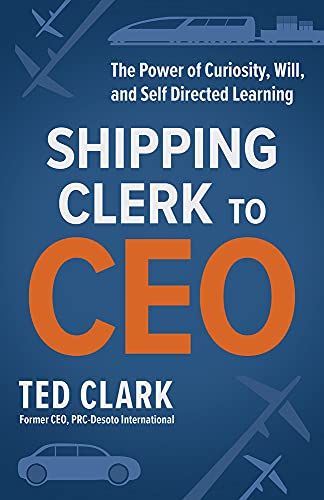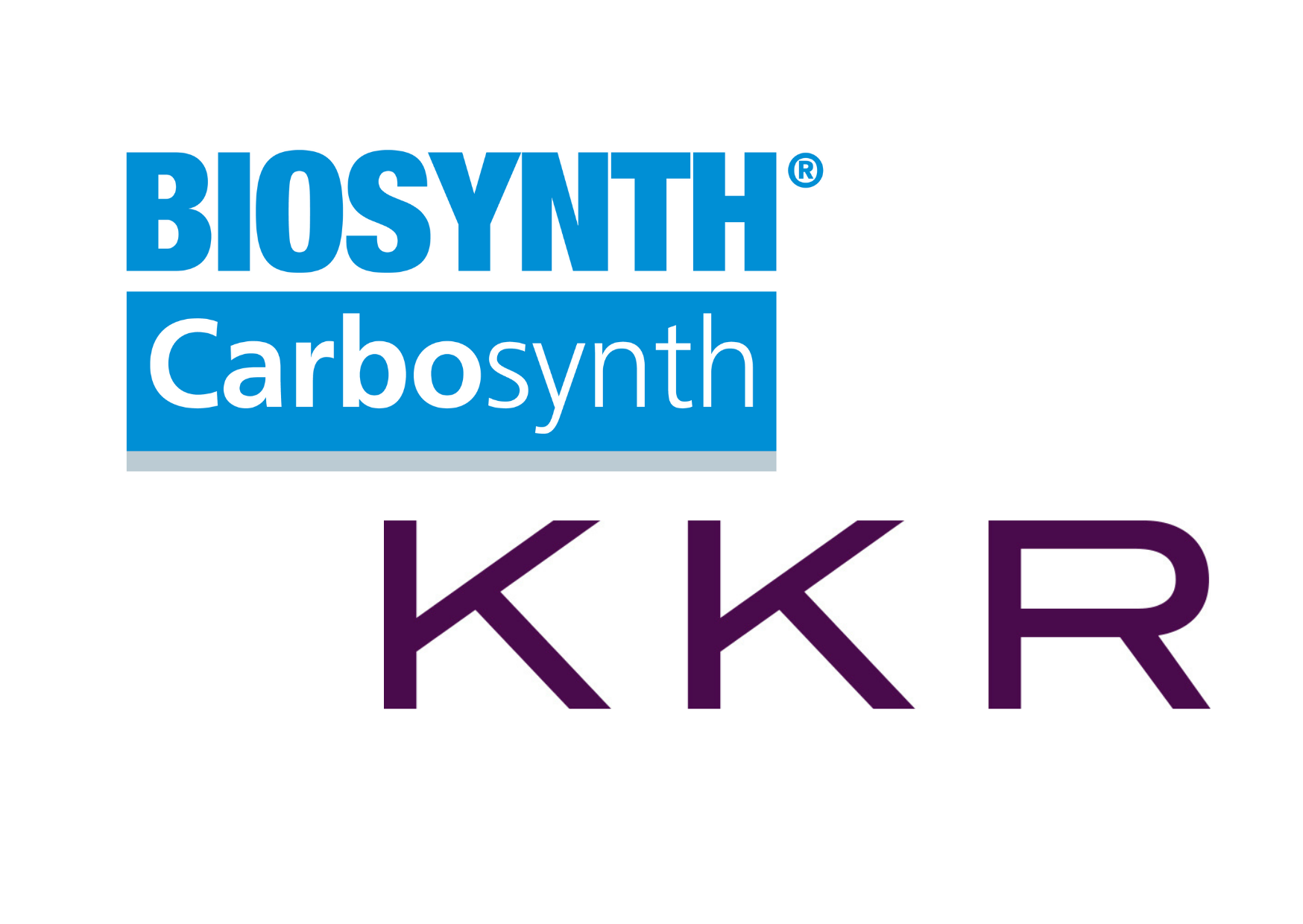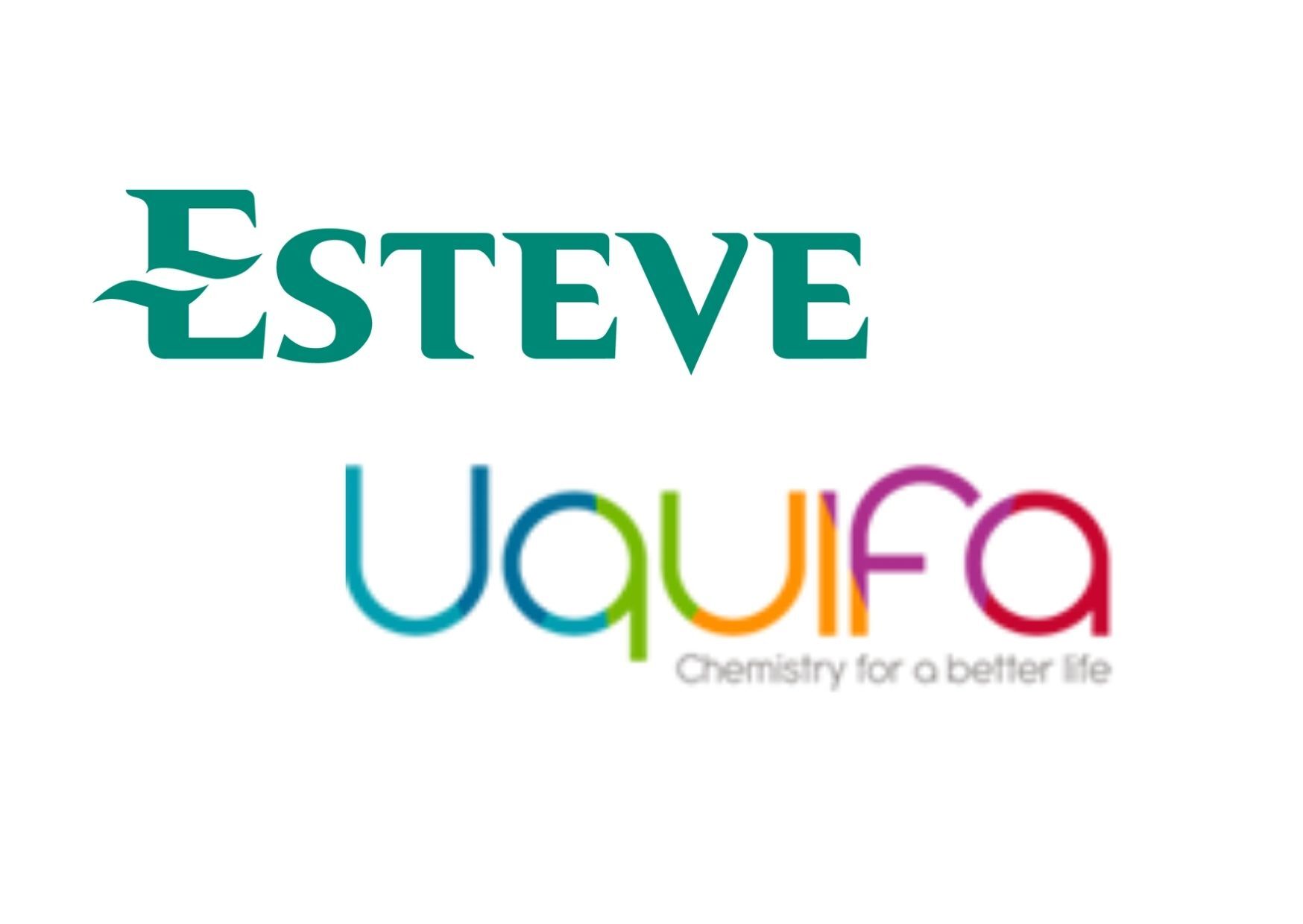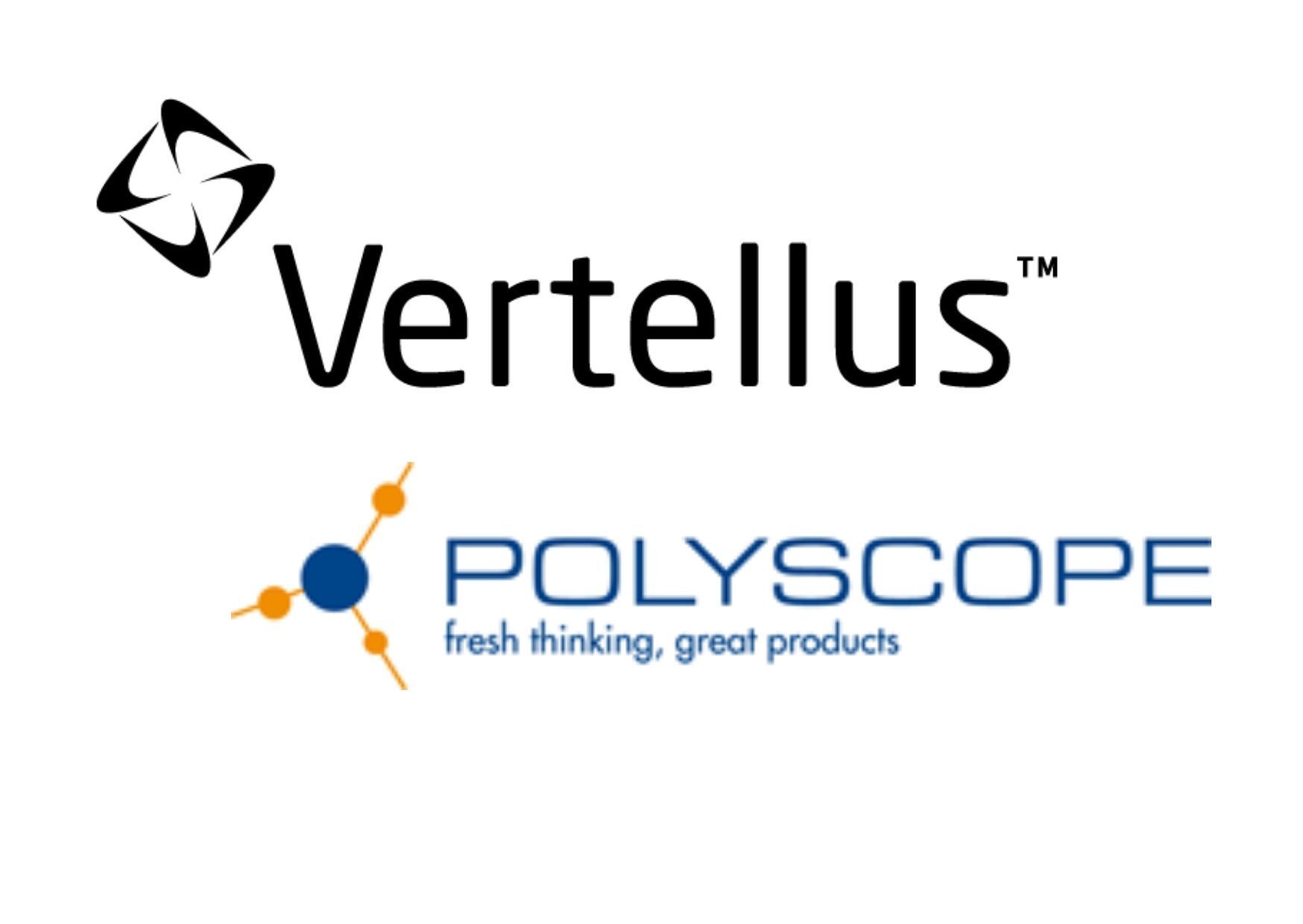The IM – An SME Seller’s Guide
Matt Dixon • November 4, 2020

The creation of an Information Memorandum (IM) when selling a business can often be considered something of a formality – a pragmatic stepping-stone designed to introduce an opportunity and open dialogue with prospective buyers.
In fact, the IM is a strategic document of vital importance – one that can have enduring impact on the pace, structure, and outcome of negotiations, anchoring the process and directly affecting the eventual sale price.
Based on decades of working with lower mid-market chemicals and life sciences businesses to achieve exits at market-beating valuations (often by more than 40%), and reviewing hundreds of IMs of varying quality on behalf of buyers and investors, the CCD Partners team shares its thoughts on creating successful sell-side materials:
Why IMs often fall short in the SME market
Unlike bigger businesses where detailed vendor due diligence is common practice and teams of external advisers prepare highly detailed and relatively standard-format IMs, smaller businesses' sale materials and, in particular, those prepared by DIY-sellers, are far more variable, often erring on the side of "less is more" and focusing on their own products and services rather than the value of the business as a whole to the potential buyer. At the same time smaller companies are often far less well understood than larger higher-profile companies – so, if anything, they need more, broader information in their IMs, not less.
The frustrating thing for us as advisors is that we see a lot of such DIY-seller IMs and we know the DIY-seller is unlikely to ever find out their IM has seriously undermined their position.
Many buyers, who are often juggling multiple opportunities (often larger than the seller's), will simply judge the IM on the basis of a cursory read and simply signal "no interest" without telling the seller that the IM failed to make clear why the buyer should be interested.
Furthermore, such a DIY IM tells an interested, experienced buyer that the seller is inexperienced, so the buyer is emboldened to make unusually buyer-friendly demands or simply offer a lower price than they would be ultimately prepared to pay.
Getting it right
An effective IM, therefore, addresses both of these problems:
Initially, it catches buyers' attention above other opportunities on their desks by clearly signalling that further assessment of this opportunity has a good chance of being worth their while - by both setting out the value of the opportunity to the buyer (high value), and making it obvious that information and data is readily available for review (low cost).
Secondly, a well-produced IM will demonstrate to investors that the seller has experience negotiating M&A deals (or has such experience in their corner) and is well prepared. It will use the right wording and nomenclature, it will set out and define the key financial metrics common to most M&A deals, it will include references to further backing information and diligence reports, it will start building a clear platform for later negotiations (for example, listing areas of potential synergy with buyers), and will make all the necessary disclosures and address any areas of potential weakness up front.
IMs which achieve these goals are usually simple in structure, built around a central narrative that dives progressively deeper into the same core pitch, walking the buyer through the opportunity and offering more and more granular levels of supporting data to continually reinforce the narrative.
Building the narrative
Although every IM is unique, we recommend that every seller should seriously consider the following workstreams to develop the fundamental building blocks of a pack of transaction-focused sales materials:
- Market review and competitive landscape
- Business plan (with and without external investment scenarios)
- Historic and forecast P&L, BS, and Cash Flow (preferably monthly)
- Working capital and capex analyses
- Quality of earnings analysis
- IP/Patent analysis where applicable
- Identification of synergies that may be available to buyers
These building blocks are then used to inform and underpin the IM which should tie together between five and eight key stand-out facts about the business (often referred to as "investment highlights") into one cohesive and consistent transaction narrative that can be repeated across all core sales materials (pitch, teaser, IM, management presentations, full data suite).
The first step in capturing value
Contrary to many business owners’ natural instincts, an IM should be a more nuanced and complex tool than a straightforward ‘profile’ of their company.
Well-executed IMs serve to:
- engage the best-matched buyers effectively
- present a clearly-structured value opportunity
- demonstrate seller sophistication
- lock-in terms favourable to the seller from the outset
IMs represent a highly strategic step in capturing maximum shareholder value and can materially impact the eventual sale price and deal structure secured from potential buyers.
This is well understood at larger scales, but often seems to get lost in the lower-mid market. Even for businesses selling for as little as £5m, relatively modest swings in value (or a swing from no sale at all) can easily surpass the cost associated with building a top-quality IM.
In our experience, top-quality professional IMs are well worth the investment.
CCD Partners is a consultancy specialised in corporate transformations in small and mid-market chemicals and life sciences businesses.
To organise a call with one of our partners please email contact@ccdpartners.com
Receive M&A news relevant to your business
At critical moments our clients engage us to provide pre-publicity "off-market" intelligence to give them the edge over the competition - we also provide up-to-the-minute public or "on-market" intelligence for free
Contact Us
RECENT POSTS

In the latest episode of the Chemical Transformations podcast , CCD Partners' Managing Partner Matt Dixon speaks with Ted Clark, former President and CEO of Royal Adhesives & Sealants, discussing his new book "Shipping Clerk to CEO: The Power of Curiosity, Will, and Self Directed Learning”. The book tells the story of Clark’s remarkable career journey from entry-level worker to CEO of a $240m chemical company by the age of 42.

Biosynth Carbosynth is a fully hybrid Research Products, Life Sciences Reagents and Custom Synthesis and Manufacturing Services Company with global research, manufacturing and distribution facilities. They are the supplier of choice for many in the pharmaceutical, life science, food, agrochemical, cosmetic and diagnostic sectors and manufacture and source a vast range of chemical and biochemical products.

Steve Allin co-founded Charnwood Molecular with Phil Page in 1998. 22 years later, the business has evolved dramatically from its origins as a spinout of Loughborough University. Backed by a partnership with Synova Capital, the company is now preparing to move into a former AstraZeneca research facility and has already completed its first M&A deal, acquiring Aurelia Bioscience in summer 2021. CCD Partners’ Matt Dixon spoke with Steve about the journey from full-time academia to running a high-growth market leader.








